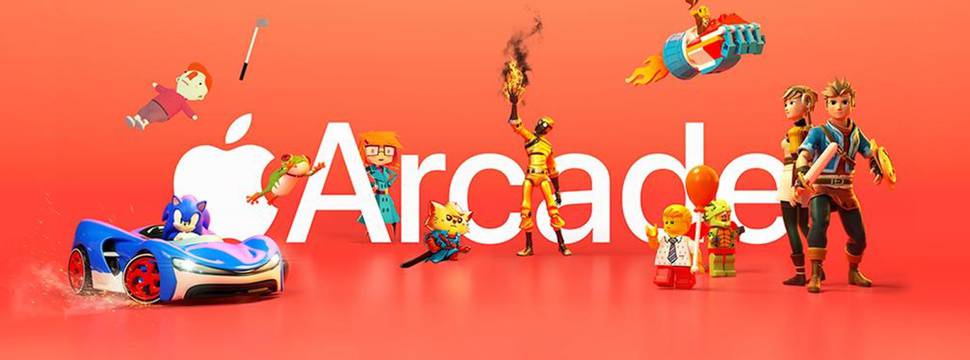Key Takeaways
In the competitive landscape of mobile gaming, industry leaders distinguish themselves through innovative game design, robust monetization strategies, and a deep understanding of player engagement. Companies like Tencent, Supercell, and Niantic exemplify these traits, leveraging data analytics and community-driven development to maintain their market dominance.
The mobile gaming industry has witnessed exponential growth over the past decade, with revenues projected to reach $175 billion by 2021, according to Newzoo’s Global Games Market Report (Newzoo, 2021). This growth has been fueled by advancements in technology, increased smartphone penetration, and a shift in consumer behavior towards mobile platforms. However, not all companies have capitalized on this trend equally. What sets the industry leaders apart from their competitors? This article delves into the key differentiators that define successful mobile game companies, focusing on innovative design, monetization strategies, community engagement, and data-driven decision-making.

Innovative Game Design
At the heart of any successful mobile game is its design. Industry leaders prioritize user experience and engagement through innovative gameplay mechanics and captivating narratives. For instance, Supercell, the developer behind hit games like Clash of Clans and Brawl Stars, employs a unique development model that emphasizes small, autonomous teams. This structure allows for rapid prototyping and iteration, enabling the company to test multiple game concepts simultaneously. According to a report by Statista (Statista, 2021), Supercell’s games have consistently ranked among the top-grossing mobile games globally, a testament to their effective design philosophy.
Moreover, the integration of augmented reality (AR) and virtual reality (VR) technologies has become a hallmark of innovative game design. Niantic’s Pokémon GO is a prime example, blending real-world exploration with digital gameplay. The game’s success can be attributed to its ability to create a shared social experience, encouraging players to interact with their environment and each other. As of 2021, Pokémon GO had generated over $5 billion in revenue since its launch in 2016 (Sensor Tower, 2021), showcasing the potential of AR in mobile gaming.
Robust Monetization Strategies
Monetization is a critical aspect that differentiates successful mobile game companies from their competitors. The freemium model, which allows users to download games for free while offering in-app purchases, has become the standard in the industry. However, the execution of this model varies significantly among companies. Tencent, for instance, has mastered the art of monetization through its flagship game Honor of Kings, which generated over $2 billion in revenue in 2020 alone (Sensor Tower, 2020). The game’s success can be attributed to its diverse range of in-app purchases, including character skins and battle passes, which cater to different player preferences.
Additionally, industry leaders are increasingly exploring alternative monetization strategies, such as subscription models and ad-based revenue. For example, Apple Arcade offers a subscription service that provides access to a curated library of premium games without ads or in-app purchases. This model not only enhances player experience but also ensures a steady revenue stream for developers. According to a report by App Annie (App Annie, 2021), subscription-based games have seen a 50% increase in revenue year-over-year, highlighting the growing acceptance of this monetization approach among players.

Community Engagement and Player Retention
Building a loyal player community is essential for long-term success in the mobile gaming industry. Companies that prioritize community engagement often see higher retention rates and increased player lifetime value. Industry leaders employ various strategies to foster community interaction, including social media engagement, in-game events, and user-generated content. For instance, Fortnite, developed by Epic Games, has successfully created a vibrant community through regular updates, seasonal events, and collaborations with popular franchises like Marvel and Star Wars. This approach has resulted in a player base exceeding 350 million registered users as of 2021 (Epic Games, 2021).
Furthermore, data analytics plays a crucial role in understanding player behavior and preferences. Companies like Zynga leverage data to inform their game design and marketing strategies, ensuring that they meet the evolving needs of their audience. By analyzing player engagement metrics, such as session length and in-game purchases, Zynga can identify trends and optimize their games accordingly. According to a report by eMarketer (eMarketer, 2021), companies that utilize data-driven decision-making are 5 times more likely to achieve higher player retention rates compared to those that do not.
Leveraging Technology and Trends
The mobile gaming landscape is constantly evolving, driven by technological advancements and changing consumer preferences. Industry leaders are quick to adapt to these trends, ensuring they remain at the forefront of innovation. For example, the rise of cloud gaming has opened new avenues for mobile game companies. Services like Google Stadia and NVIDIA GeForce NOW allow players to stream high-quality games on their mobile devices without the need for powerful hardware. This shift presents both opportunities and challenges for developers, as they must optimize their games for cloud-based platforms while maintaining performance and user experience.
Moreover, the integration of artificial intelligence (AI) and machine learning (ML) is becoming increasingly prevalent in mobile game development. These technologies enable companies to create personalized gaming experiences by analyzing player behavior and preferences. For instance, AI-driven algorithms can recommend in-game purchases based on a player’s past behavior, enhancing monetization efforts while improving player satisfaction. According to a report by PwC (PwC, 2021), the use of AI in gaming is expected to grow at a compound annual growth rate (CAGR) of 30% over the next five years, underscoring its importance in the industry.
Conclusion
In conclusion, the mobile gaming industry is characterized by fierce competition, with industry leaders setting themselves apart through innovative game design, robust monetization strategies, community engagement, and a keen understanding of technological trends. Companies like Tencent, Supercell, and Niantic exemplify these traits, leveraging data analytics and player feedback to create engaging experiences that resonate with their audiences. As the industry continues to evolve, staying ahead of the curve will be essential for mobile game companies seeking to maintain their competitive edge.
Ultimately, the key to success in the mobile gaming landscape lies in a holistic approach that combines creativity, technology, and player-centric strategies. By focusing on these core principles, game developers can not only thrive in the current market but also pave the way for future innovations in mobile gaming.

